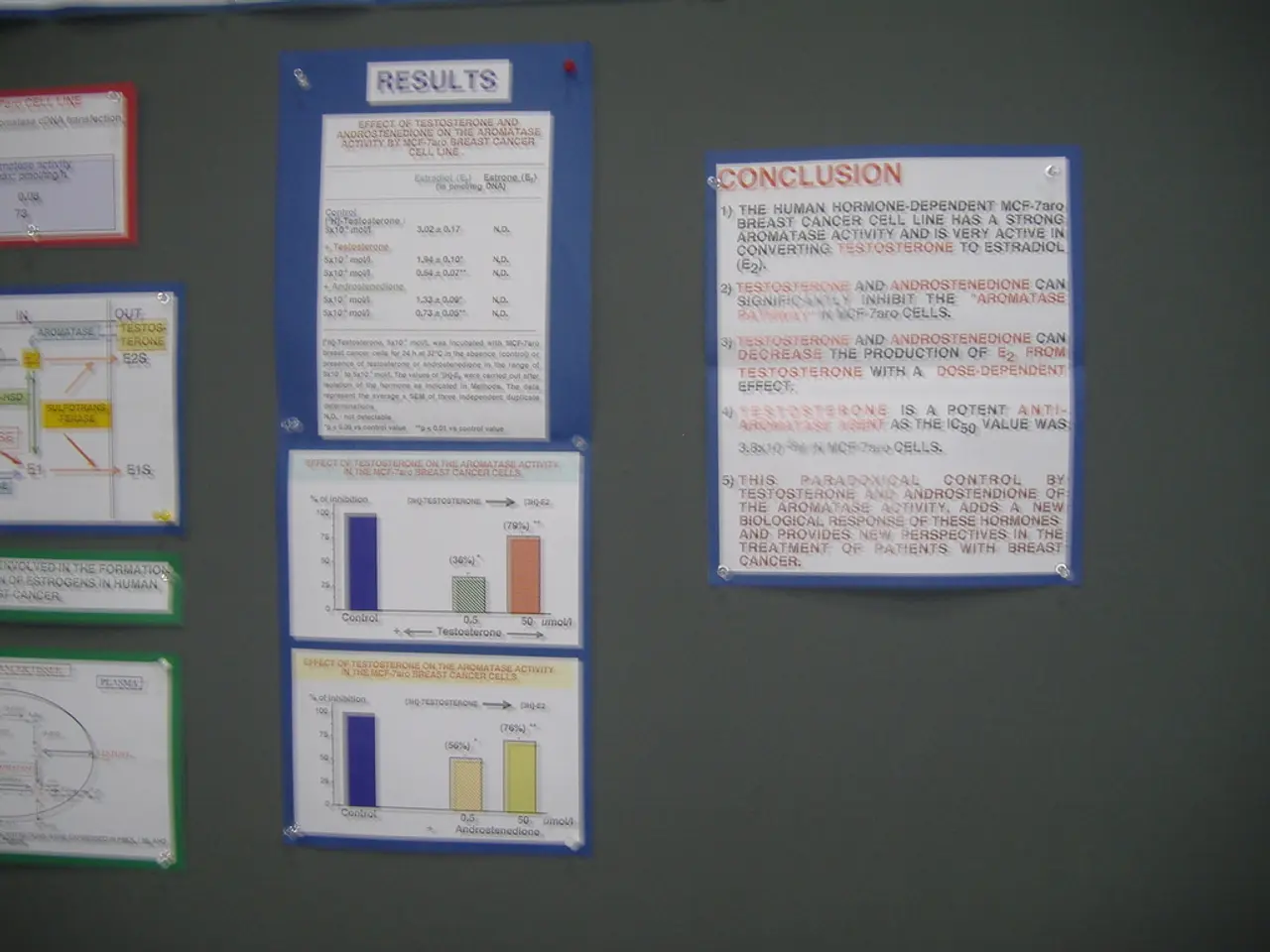Lithuanian president acknowledges the resignation of the Paluckas administration
Lithuanian President Gitanas Nauseda accepted the resignation of Prime Minister Gintautas Paluckas' government on Monday, marking the start of a comprehensive government reshuffle process in the country.
According to the Lithuanian Constitution, when the prime minister resigns, the entire Cabinet must also step down. Following Paluckas' resignation, which was due to mounting allegations of unethical and shady business dealings, the president has up to 15 days to submit a nominee for a permanent prime minister to the Seimas for consideration.
The president will also appoint an interim prime minister, who will take charge until a new Cabinet is formed. In this case, Finance Minister Rimantas Sadzius has been tasked to lead the interim government. The interim government will perform its duties until a new Cabinet is established.
The ruling coalition, which consists of the Social Democrats, Democrats "For Lithuania", and the Nemunas Dawn party, has a total of 86 members out of 141 lawmakers in the Seimas. The coalition agreement will need to be amended during this period.
The Social Democrats have nominated Inga Ruginiene as their candidate for the permanent prime minister position. However, the Democrats "For Lithuania" may demand changes to the coalition to exclude the Nemunas Dawn party. The new prime minister's nomination needs to be approved by the Seimas.
The new government program will need to be pre-agreed with the president and approved by the parliament. The coalition is collectively decided by the political parties, not unilaterally by individual leaders.
The process for forming a new government in Lithuania involves the full government formation procedure as mandated by law. This requires the president to ask the current ministers to remain in their posts temporarily until a new government is formed. The ruling coalition will then renegotiate terms and propose a new prime minister candidate. The parliament must confirm the new prime minister and government cabinet.
Thus, the resignation creates a complete government reshuffle process involving coalition negotiations, cabinet restructuring, and parliamentary approval to establish the new executive leadership in Lithuania.
The resignation of Prime Minister Paluckas, due to allegations of unethical business dealings, triggers a comprehensive reshuffle process in Lithuanian politics, as the president has to nominate a new prime minister whose nomination needs to be approved by the Seimas. During this period, the ruling coalition may demand changes to the coalition agreement and negotiate terms to propose a new prime minister candidate, marking a significant shift in the country's policy-and-legislation and general-news landscape.






